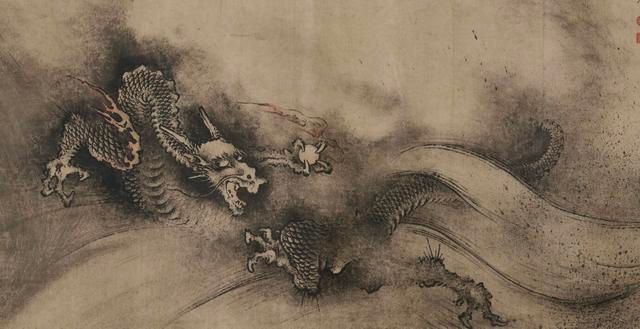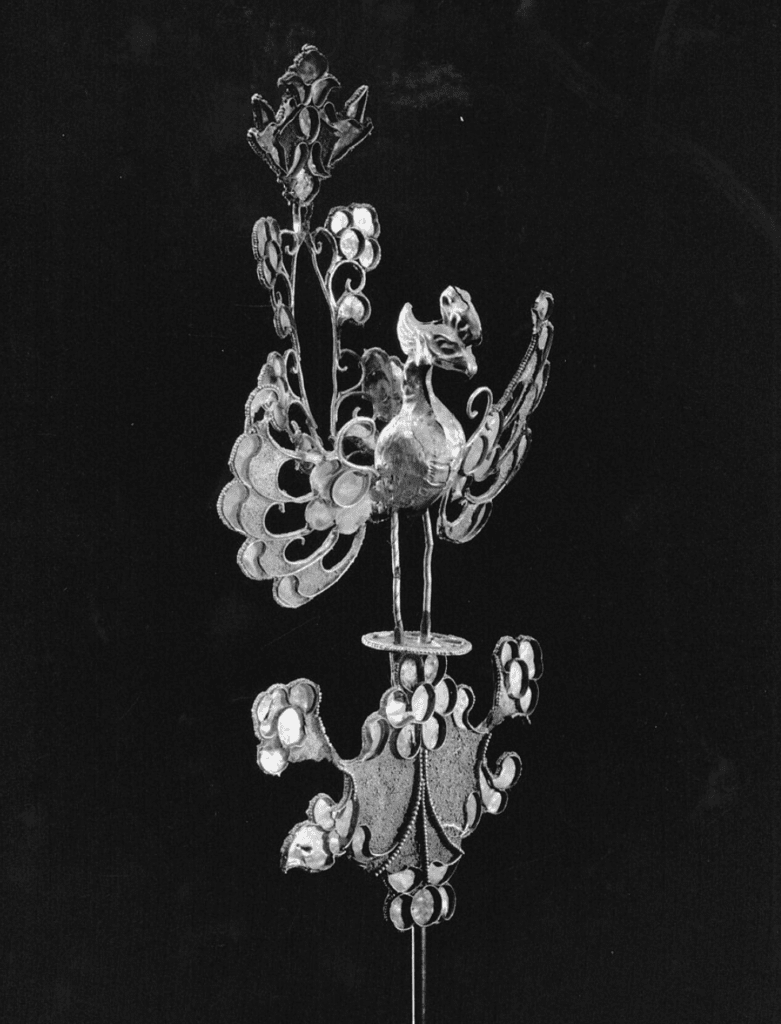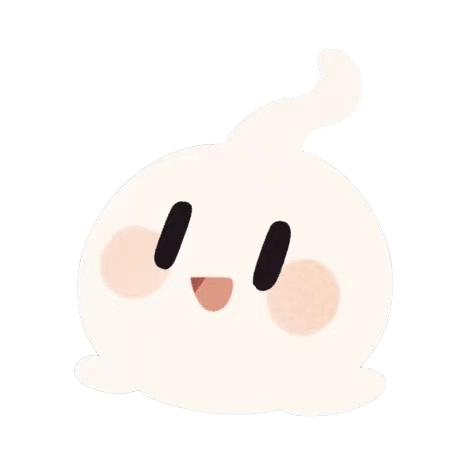Chinese mythology boasts a mesmerizing array of mythical creatures, captivatingly interwoven into the narratives of Xianxia and Xuanhuan novels.
This in-depth exploration into the Chinese Bestiary reveals the incredible diversity and depth of Chinese mythological creatures and animals, offering a profound glimpse into the cultural and fantastical tapestry that shapes the narratives of ancient legends and modern novels alike.
- Dragons (龙)
- Phoenix (凤凰)
- Four Divine Beasts (四神兽)
- Four Auspicious Beasts (四瑞兽)
- Four Direction Beasts(四方向兽)
- Nine Sons of the Dragon (龙生九子)
- Torch Dragon (烛龙) and Flying Raindragon (应龙)
- Other Noteworthy Chinese Mythology Creatures
- Divine Beasts Symbolizing Celestial Bodies
- Other Mythical Creatures and Chinese Monsters
- FAQs of Chinese Bestiary
- Reference
Dragons (龙)
The Dragon, a chimeric creature, holds paramount importance, symbolizing Yang, the Chinese Emperor, masculinity, and imperial power.
Chinese Dragons distinguish themselves with a unique blend of physical attributes from various animals, including a camel’s head, a snake’s body, a carp’s scales, and more.
Quick lookup: wikipedia

- Category:
- Symbolism:
- Strength, goodness, spirit of change
- Evolution in mythology:
- Initially helpful and beloved water gods
- Later divided into friendly dragons and terrifying winged serpents
- Negative perception influenced by Buddhism
- Physical attributes:
- Serpent-like with a horse’s head, two horns, and a pearl on the forehead
- Early dragons lacked wings but could fly through magic
- Varied in size and shape, with the ability to shapeshift
- Associations:
- Associated with the east, sunrise, and positive actions
- Dragons welcomed in festivals for life-giving rains
- Depicted on temples, walls, and imperial belongings
- Types of dragons:
- Celestial, earth, and spiritual dragons
- Four Sea dragons: Ao Kuang, Ao Chin, Ao Chun, Ao Jun
- Mythological stories:
- Encounter with Nezha, the Third Prince
- Worship and symbolic representations in artifacts and architecture
- Buddhist influence:
- Distinction between beneficial water dragons and harmful mountain dragons
- Worship and stories like the Golden Dragon King and White Dragon
- Cultural significance:
- Dragons held in high regard, with myths shaping religious practices and festivals
Phoenix (凤凰)
Quick lookup: wikipedia

China, Tang Dynasty (618–907)
The Metropolitan Museum of Art
The Phoenix, representing Yin, the Chinese Empress, femininity, and virtue, stands apart with its pheasant-like appearance and five-colored plumage.
It’s distinct from the Western Phoenix, the Fenghuang is a symbol of grace and good fortune.
- Name: Phoenix
- Role in Chinese Mythology:
- Rules over the southern quadrant of the Heavens
- Also known as the “Emperor of all birds”
- Symbolizes warmth, peace, and prosperity
- Appears during the reign of a virtuous ruler, summoned by the shao (musical instrument)
- Nest said to be in the palace of Emperor Yao, known for kindness
- Buddhist Perspective:
- Considered a sacred bird by Buddhists
- Not a flesh-eating predator
- Identity Debate:
- Scholars uncertain if the phoenix refers to a real bird
- Some suggest it could be a peacock or an argus pheasant
- Artistic Depictions:
- Various interpretations by artists
- Generally resembles a cross between a peacock and a bird of prey
- Sometimes identified as the Red Bird
- Contrast with Egyptian Myth:
- Unlike Egyptian myths, no mention of rising from ashes in Chinese myth
Four Divine Beasts (四神兽)
- Azure Dragon, White Tiger, Black Tortoise, and Vermilion Bird embody cardinal directions, seasons, and elements.
- Black Tortoise, with a tortoise entwined with a snake, shares a deep connection with the warrior god Xuanwu.
- The Yellow Dragon, potentially a fifth Divine Beast, represents the center of the universe and the changing of seasons.
Four Auspicious Beasts (四瑞兽)
- Dragon, Phoenix, Qilin, and Tortoise symbolize prosperity and longevity, each ruling over animals with specific characteristics.
- The Qilin, a benevolent creature with a dragon-deer hybrid appearance, is renowned for its wisdom and magical powers.
Four Direction Beasts(四方向兽)
- Connection with Directions:
- Green Dragon(青龙): represents the power of the east
- Red Bird (or scarlet bird, 朱雀): linked to the south
- White Tiger(白虎): associated with the west
- Dark Warrior(玄武): connected to the north, a mythical beast combining turtle and snake characteristics
- A fifth direction: Yellow Dragon(黄龙): represents the “sky” or “center”
- Symbolic Colors:
- Each animal’s color symbolizes its respective direction
- Artistic Depictions:
- Artists often depict these creatures, particularly from the Han Dynasty period
Nine Sons of the Dragon (龙生九子)
The Nine Sons, offspring of the supreme Dragon King, each possess distinct appearances and personalities. They don’t resemble dragons but have individual characteristics.
Creatures like Pulao, Suanni Lion, and Chiwen add vibrant diversity to the mythological narrative.
- List of the Nine Sons of the Dragon:
- Bixi (赑屃):
- Appearance: Turtle-like, fond of carrying heavy loads
- Often seen carrying a stele in temples and ancestral halls
- Chiwen/Chiwei (螭吻/鸱尾):
- Appearance: Resembles a lizard without a tail
- Behaviors: Gazing around in precarious areas, swallowing fire, spraying waves for rainfalls
- Image found on hall corners, ridges, and roofs
- Pulao (蒲牢):
- Appearance: Dragon-like but smaller, likes to roar
- Habitat: Lives by the sea, fears whales
- Image used on bells with a wooden striker shaped like a whale for the loudest sound
- Bi’an (狴犴):
- Appearance: Tiger-like
- Characteristics: Powerful, interested in prisons and judicial cases
- Image engraved on prison doors to enhance majesty and intimidate criminals
- Taotie (饕餮):
- Appearance: Wolf-like, greedy, loves eating
- Symbolism: Represents indulgence in eating and avarice
- Head often engraved on ritual vessels like bells and tripods
- Baxia (蚣蝮):
- Appearance: Fish-like, loves water
- Guardian of ancient bridges, often engraved on stone bridge railings
- Yazi (睚眦):
- Appearance: Jackal-like, angry-eyed, fond of bloody killings
- Image engraved on knife handles and sword sheaths
- Suanni (狻猊):
- Appearance: Lion-like, likes smoke and fire, often sits down
- Introduced with Buddhism, found on Buddha altars and incense burners
- Jiaotu (椒图):
- Appearance: Mussel or snail-like, tight-lipped by nature
- Image often engraved on doors or door boards as a symbol of safety and tight closure.
- Bixi (赑屃):
Torch Dragon (烛龙) and Flying Raindragon (应龙)
Torch Dragon (烛龙), a deity controlling day and night, boasts a human face and a serpentine body, influencing weather with its breath.
- Role in Chinese Mythology:
- Said to bring light to northern lands not reached by the sun
- Has a human head and a serpent’s tail
- Light flows from the dragon’s eyes, darkness when eyes are closed
- Possibly an Ancient or Foreign Deity:
- Speculated to be an older or foreign god
- Remembrance from the early historic period of China
Flying Raindragon(应龙), also known as Yinglong or the Responding Dragon, played a crucial role in taming floods and responded to people’s prayers for rain.
Other Noteworthy Chinese Mythology Creatures
- Flood Dragon (蛟): An aquatic dragon with control over storms and floods, sometimes associated with crocodiles.
- Coiling Dragon (蟠龙): An aquatic dragon similar to the Flood Dragon.
- Soaring Dragon (飞龙): A cloud-flying dragon associated with exceptional talents and often used to describe exceptionally talented individuals.
Divine Beasts Symbolizing Celestial Bodies
The Golden Crow (金乌) Symbolizing fire and the Sun, the Golden Crow is linked to a mythological tale involving ten Suns.
- Function in Mythology:
- Represents the spirit of the sun or, in some versions, the bearer of the sun across the sky
- Sometimes described as three-legged
- Number might be ten, corresponding to the ancient belief in ten suns
- Early References in Chinese Texts:
- Early belief in a crow settling in the sun or bearing the sun across the sky
- Shanhaijing mentions a giant tree named Fusang where ten suns rise and set, each carried by a crow
- “Tianwen” references Yi shooting down the suns and the shedding of crow feathers
- Explanation from Huainanzi: Yao ordered Yi to shoot down the burning suns; the crows in the suns died, shedding feathers
- Variations in Description:
- Some versions, especially post-Han dynasty, depict the crow as three-legged
- Huainanzi and Lunheng mention a three-legged crow in the sun
- Six Dynasties era version mentions the crow descending to eat mythical grasses of immortality, liked by the three-legged crow
- Xihe, mother of the ten suns, intervenes by covering the crow’s eyes to prevent it from flying down
The Jade Rabbit (玉兔) Representing the Moon, the Jade Rabbit accompanies the moon goddess Chang’e and produces the elixir of life.
Other Mythical Creatures and Chinese Monsters
- Heavenly Dog (天狗): Linked to eclipses, possibly associated with the star Sirius, and customarily associated with gongs and firecrackers during eclipses.
- Fox Spirit (狐狸精): Mythical foxes with spiritual awareness and magical powers, some capable of assuming human forms.
- Nine-tailed Fox (九尾狐): An especially powerful Fox Demon, gaining additional tails as it grows older.
FAQs of Chinese Bestiary
Q1: What are the 4 monsters in Chinese mythology?
A1: Chinese mythology features a variety of monsters, but four notable ones include Jiaolong (scaled), Yinglong (winged), Qiulong (horned), and Chilong (hornless).
Q2: What is the most famous mythical creature in China?
A2: The Dragon is the most famous mythical creature in Chinese mythology, symbolizing Yang, the Chinese Emperor, masculinity, and imperial power.
Q3: What are the 4 spiritual animals in China?
A3: The four spiritual animals in China are Azure Dragon, White Tiger, Black Tortoise, and Vermilion Bird, which embody cardinal directions, seasons, and elements.
Q4: What are the Chinese mythical creatures for luck?
A4: The Four Auspicious Beasts, which include Dragon, Phoenix, Qilin, and Tortoise, are considered symbols of prosperity and longevity in Chinese mythology.
Q5: Who are the 5 divine beasts in Chinese mythology?
A5: The Five Divine Beasts include Azure Dragon, White Tiger, Black Tortoise, Vermilion Bird, and potentially the Yellow Dragon, symbolizing cardinal directions and elements.
Q6: What is the most powerful Chinese monster?
A6: The Dragon is often considered the most powerful Chinese monster, representing strength, goodness, and the spirit of change.
Q7: Who is the strongest Chinese dragon?
A7: Chinese dragons vary, but the Yellow Dragon is mentioned as potentially the strongest, representing the center of the universe and the changing of seasons.
Q8: Are there any magical beings in China?
A8: Yes, Chinese mythology features various magical beings, including the Jade Rabbit, Heavenly Dog, Fox Spirit, and Nine-tailed Fox, each with unique characteristics and powers.
Q9: Who is the giant in Chinese mythology?
A9: There isn’t a specific giant in Chinese mythology, but there are powerful beings like the Dragon, representing immense strength and influence.
Q10: What are the 4 Chinese evils?
A10: Chinese mythology doesn’t specifically outline four Chinese evils. However, negative perceptions of certain creatures, like dragons and winged serpents, evolved under Buddhist influence.
Q11: What are the four basic types of Chinese gods?
A11: Chinese gods don’t strictly fall into four basic types, but they can be categorized as celestial, earth, spiritual, and directional gods, each with distinct attributes.
Q12: What are the four types of monsters?
A12: The four types of monsters mentioned include Jiaolong (scaled), Yinglong (winged), Qiulong (horned), and Chilong (hornless) in the context of Chinese mythology.
